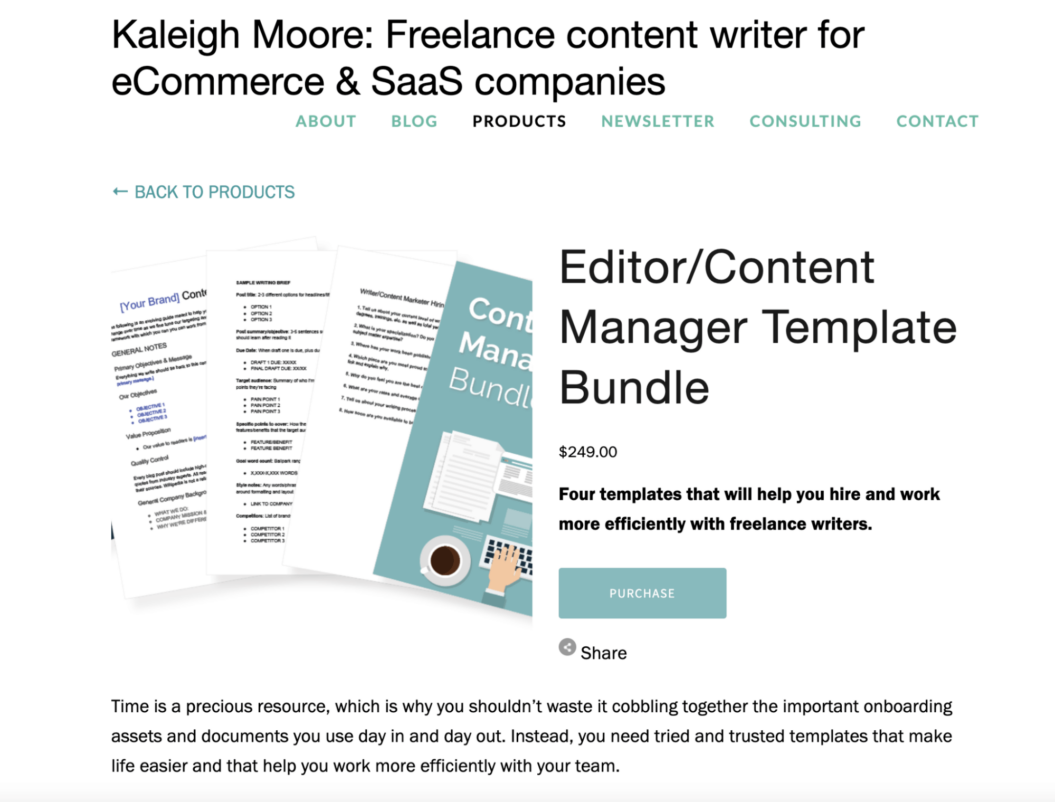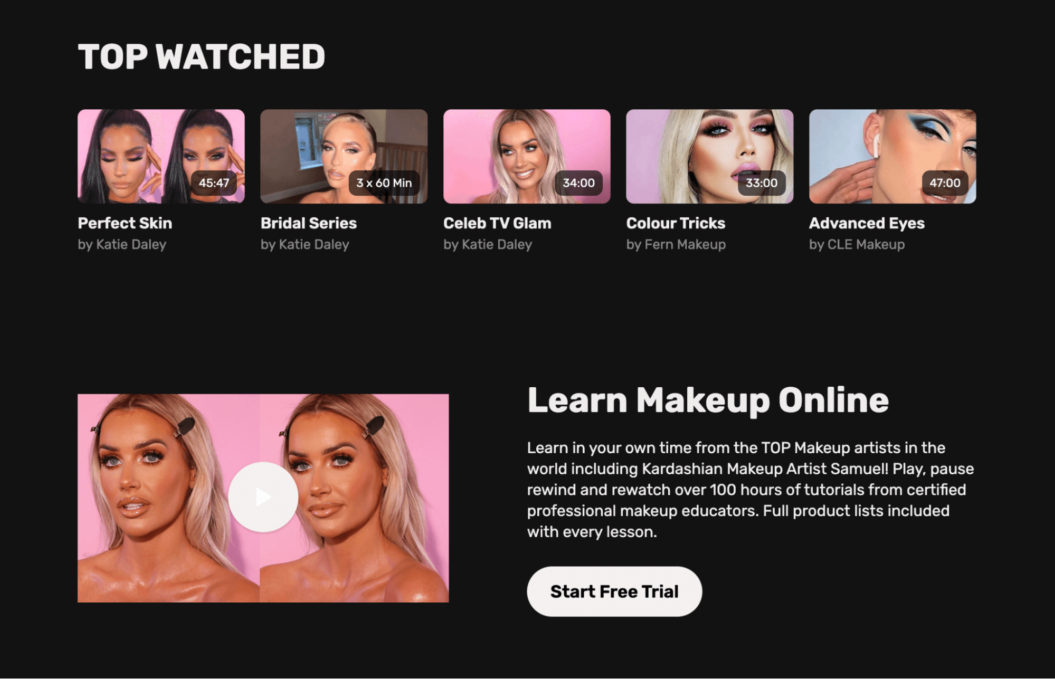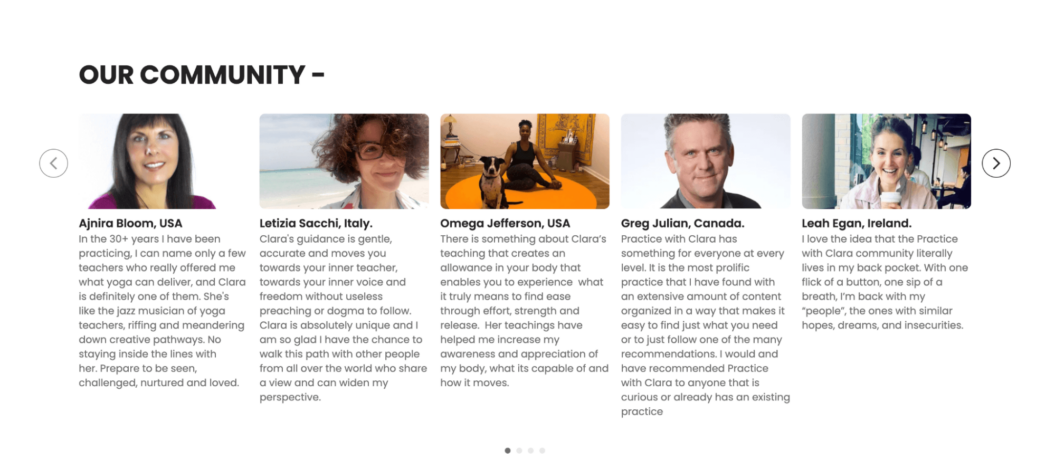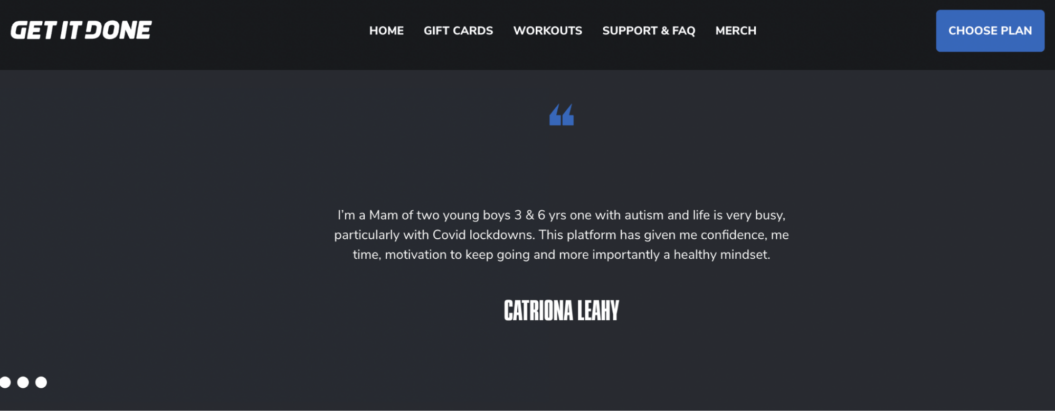Address
304 North Cardinal St.
Dorchester Center, MA 02124
Work Hours
Monday to Friday: 7AM - 7PM
Weekend: 10AM - 5PM
Address
304 North Cardinal St.
Dorchester Center, MA 02124
Work Hours
Monday to Friday: 7AM - 7PM
Weekend: 10AM - 5PM

For most creators, the transition from free content to selling content can be a scary leap.
Fear of rejection often creeps in when asking for money. You’ve spent a long time building trust with your audience and you don’t have how they’ll feel about it.
In reality, there are several reasons why people pay for content, from convenience to supporting their favorite creators.
And if you’re focused on growing your creator business premium content is the best way forward. It helps you build a profitable revenue stream, improve growth and stability, and strengthen relationships with your super fans.
This guide shares how to create, package, and sell premium content online.
Premium content is an extra valuable resource that’s kept behind a paywall. Also known as gated content, premium content goes above and beyond free content to provide extra value to your audience.
Examples of this type of content include:
Premium content doesn’t always have to be a one-off product. You can house it inside a membership to deliver extra value to your audience and generate consistent revenue.

Free content is where creators gain traction, build brand awareness, and get leads. It’s the top of their funnel (like any online business). Premium content, however, is a digital product that happens to be content. Customers get better quality content when they buy it—however you package it.
Premium content offers advantages like:
Something isn’t just premium because you called it that or because you’re charging (more) for it. At some point, you need to offer something that differentiates your free content from your premium content.
The best differentiation, we’ve found, is exclusivity and community—which together make a strong membership.
There are three main components of premium content:
Jimmy Daly tries to strike this balance when deciding whether content should be free vs. paid for his content marketing community, Superpath.
Stuck for where to start? Steal Jimmy’s technique when deciding whether to make your content a paid resource. If you spend time creating a high-quality video, checklist, or template it’s probably worth charging for.
Premium content is great for making one-off sales. But memberships give predictable, recurring revenue for your creator business—while also offering greater support to your audience.
Signature TV takes this approach. It has a huge variety of premium videos that teach people how to apply their makeup like a professional makeup artist.
Creators break down each stage of the makeup process in a different video. While people could get value from its Perfect Skin or Contour Trick masterclasses, a membership packages all of these premium resources (and more) into a monthly subscription.
Signature TV’s audience get more value from its membership content—without them having to purchase individual resources. They get access to masterclasses that teach people how to master each stage of the makeup application process, rather than one or two.

Treat premium content use as an incentive for people to join your membership. You’ll not only generate more consistent revenue, but build a stronger community around your pro resources.
From finding your idea to making your first sale, let’s walk through the process of selling premium content.
Premium content exists to better serve your audience and add another revenue stream to your creator business.
A thorough understanding of your audience ensures both of these goals are met.
Ask your audience what they’d be most interested in purchasing. Your online community (such as your Facebook Group) is the perfect place to facilitate these conversions. You could also reach out via email for one-to-one conversations.
Solving emotional or painful triggers will help you produce content people will pay for, and build your marketing strategy. With this information, you can craft campaigns that speak to your audience and stand out in the sea of social media content.
Once you know the topics that your audience want to digest, you need to choose the best format. Do your audience prefer eBooks over podcasts? Would they rather watch a live stream than read a large piece of text-based content?
Whichever format you choose, it needs to be mobile-friendly as some 60% of internet users access content through a smartphone. Uscreen offers native TV and mobile apps to make content easily accessible to customers wherever they prefer to consume content.

Pricing a premium resource is tricky. Make your product too expensive and you could alienate your audience…but sell yourself short and you leave money on the table.
Go back to audience research and decide which pricing model your audience will connect with:
Look at other premium content competing for your audience’s attention. What do they charge?
Dom Kent, author of The Autonomous Freelancer, says: “I do look at competing products, but that doesn’t mean I match or try to undercut them. I use this for validation that what I’m creating has the right price point.”
You can also offer a discount to get your first few sales. If you run a community, for example, give your audience a percentage discount as a reward for their loyalty.
Alternatively, an early bird discount for people who buy premium content within the first 24 hours creates urgency. And this type of time-sensitive deal can increase sales by as much as 332%.
You’ve got your idea, in a format your audience will like, at a price point that feels good.
Next, choose a platform that allows you to:
A WordPress site is not the best option for most creator businesses. You’ll need expensive WordPress plugins and design know-how. And, unlike Uscreen, WordPress isn’t built for creator businesses to sell premium content online.
For each premium resource you create, design a landing page on your membership site for people to learn more about the paid product. To optimize this landing page you should:
Practice With Clara, for example, has a long list of testimonials—people who’ve enrolled in her online yoga classes and community – and want to share their positive experiences with others.

Now that you know the steps to create your premium offer, let’s explore how you can spread the word—and most importantly, sell your paid resources.
The more people who see your premium content, the more chances you have to make sales. However, the key here is the quality of your website visitors rather than the quantity. So targeted website traffic is essential to a premium content marketing strategy.
Here’s what that means in practical terms: show your landing page to people most likely to get value from your premium resource.
How do you do this?
The subscription business model works by repeatedly charging customers to access your premium content.
Your creator business benefits from recurring payments because sales compound over time. This consistent income means you have time to work on more products without the financial stress as your previous content generates regular income for you.
The secret to pivoting people from one-time payers into repeat customers is to give people a reason to sign up.
A membership can feel like a long-term commitment. However, if there’s a low-commitment membership level where customers believe they’ll get more value from the subscription option, there’s a good chance they’ll sign up.
We take this approach at the community I co-founded, Peak Freelance. An All Access membership grants access to templates, swipe files, and masterclasses. They can all be bought standalone or with a monthly subscription – and most people go for the premium plan.

Once you’ve made your first few sales, reach out to people and ask for their feedback. If they enjoyed the content and found it useful, use their words on your sales page to help others connect with their story.
Get it Done uses this approach with its landing page. Seeing testimonials from other happs clients helps potential customers who are on the fence.

Identified loyal fans willing to share their positive experiences with your content? Take this one step further and invite them to your referral program.
A referral program incentivizes people to refer a friend in exchange for a reward—such as a discount on their next purchase or another premium resource for free. This keeps money within your creator business and empowers your most loyal customers to become brand advocates.
It’s infinitely easier to sell to an existing customer than a new one. And the statistics prove it: some 44% of a business’ revenue comes from existing customers.
Take your monetization strategy to the next level and use premium content to upsell existing customers.
If you sell online courses, for example, offer premium content—such as cheat sheets or workbooks—at a small additional cost. Or with a membership model, you can give fans the chance to add-on a live stream where you brainstorm solutions to their problems together.
Upselling is a win-win for everyone involved. You increase revenue per customer and the customer gets even more value from your business.
Premium content is just one step in your journey to deliver value to your audience. Gather information on how they interact with your content, such as:
Use these insights to fine-tune your premium content and marketing strategy.
Let’s put that into practice and say 65% of people who paid for live stream access watched the video until the end. You reached out to the viewers who exited midway through to ask why. Most said they were kinesthetic learners—people who learn by doing.
Using that feedback, you could host mini activities in the live stream for people to implement the techniques you’re teaching. This helps you give that group of customers exactly what they need and happy customers stick around.